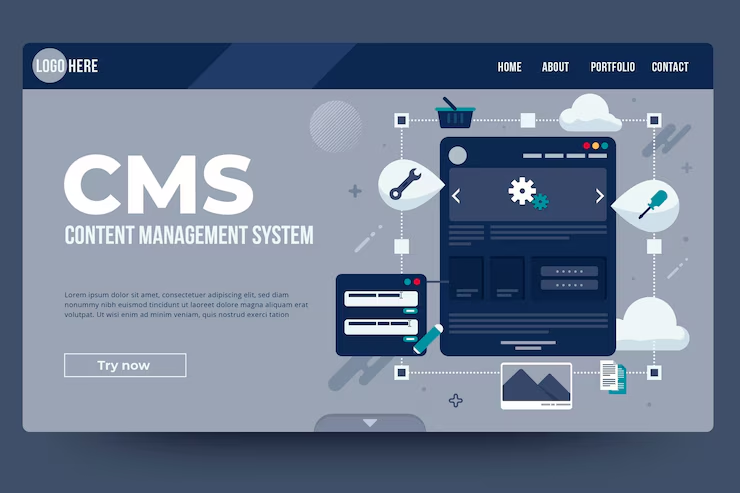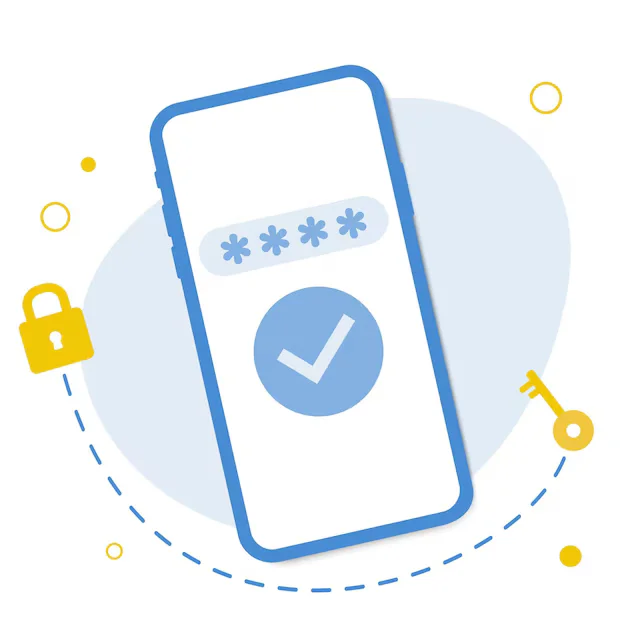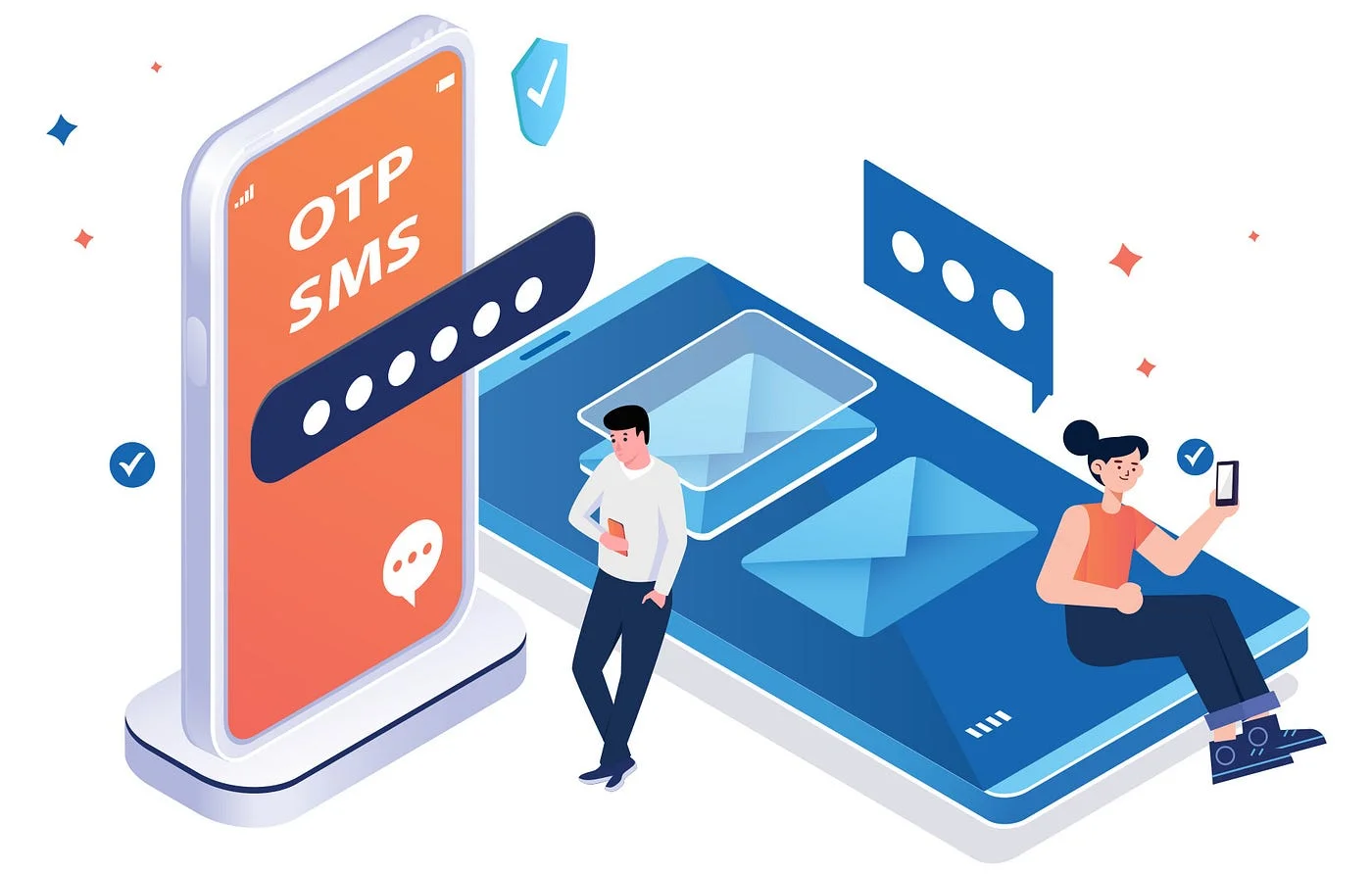Dynamic Theme Switching in Flutter Based on WordPress Settings
Dynamic Theme Switching in Flutter Based on WordPress Settings

A modern app isn’t just about functionality — it’s also about visual consistency, branding, and personalization. If your Flutter app connects to a WordPress backend, imagine being able to change the app’s theme (light/dark mode, accent colors, or fonts) without pushing a new app update.
That’s exactly what you can achieve with dynamic theme switching powered by WordPress.
Why Dynamic Theme Switching Matters
-
Centralized design control: Update app styles from WordPress without republishing the app.
-
Sync with WordPress theme settings: Maintain consistency across your website and mobile app.
-
White-label solutions: Easily apply brand-specific colors for different clients or user groups.
-
Real-time customization: Enable admin-defined color schemes or dark mode preferences.
How It Works (Conceptually)
-
Define Design Settings in WordPress
Store theme-related values (e.g., primary color, logo URL, font preferences) as:-
ACF (Advanced Custom Fields) options
-
Custom post types or theme settings
-
JSON configuration files or a custom REST endpoint
-
-
Expose Settings via REST API
Use WordPress REST API or a custom endpoint to return the app’s design configuration. -
Fetch Settings in Flutter at Runtime
When the app launches, Flutter fetches the theme config and updates the UI accordingly. -
Apply Theme Dynamically
Use Flutter’sThemeDatato apply styles based on the fetched values (e.g., colors, brightness, text styles).
What You Can Customize Dynamically
-
Primary / secondary colors
-
Font family and sizes
-
App bar / button / card styles
-
Light or dark mode preference
-
Images like logo, background, etc.
-
Spacing, padding, or border radius values
Sample Use Cases
-
Multi-brand platform: Each WordPress site defines its own app appearance.
-
Client dashboards: Load white-labeled styles based on user roles or companies.
-
A/B Testing: Experiment with color palettes or layout adjustments remotely.
-
Custom dark mode logic: Let admins enable/disable dark mode via a toggle in WordPress.
Benefits of WordPress-Controlled Theming
-
Real-time UI updates
-
Consistency across platforms
-
No need to modify native code or resubmit to app stores
-
Built-in CMS for design changes



